Let’s be honest—most of us have a pretty casual relationship with our tap water. It’s there when we need it, we use it without much thought, and unless something smells off or tastes weird, we don’t really question what’s flowing through the faucet.
But lately, more homeowners are starting to rethink that approach. Between rising concerns about contaminants, aging infrastructure, and just a general desire to live healthier, the demand for clean, reliable water at home has skyrocketed.
The answer? A home water purification system that actually does the job—quietly, efficiently, and without making your life more complicated.
So, What’s Actually in Your Tap Water?
Well, that depends. Most municipalities meet federal safety standards—but those standards still allow for trace amounts of chlorine, fluoride, lead, and other chemicals. And even if your water is technically safe, it may still contain things that alter its taste, smell, or texture.
This is especially true if you live in an older home with aging pipes or an area with hard water. You might notice buildup on your faucet, a film on your dishes, or dry skin after a shower. These are all subtle signs your water could be doing more harm than good.
Installing a home water purification system isn’t just about getting rid of the bad stuff—it’s about restoring trust in what comes out of your tap. And let’s be real: when water feels clean, you just naturally want to drink more of it.
Why Reverse Osmosis Still Leads the Pack
There are a lot of water filtration systems out there—carbon filters, UV purifiers, distillers. But for everyday home use, reverse osmosis (RO) is still the go-to for many families. Why? Because it removes a wide range of contaminants while delivering that crisp, clean taste we all crave.
That said, reverse osmosis isn’t totally hands-off. Like any system, it needs a little TLC to keep running at its best—especially when it comes to one of its most critical components: the RO membrane.
Regular RO membrane replacement is the key to making sure your system continues to filter out lead, arsenic, nitrates, and other contaminants effectively. Over time, membranes get clogged and less efficient, leading to slower flow and diminished water quality. But the good news? Swapping it out is a relatively simple task, and you don’t have to do it often—usually every 1–2 years, depending on usage and water conditions.
Not All Filters Are Equal—and That’s Okay
Some people assume any water filter will do the job, but the truth is, different systems serve different purposes. A pitcher filter might handle chlorine and improve taste, but it won’t do much against dissolved solids or bacteria.
If your goal is truly clean tap water, you need to think beyond surface-level solutions. That could mean a multi-stage filtration setup under the sink, a full reverse osmosis system, or even a combination that tackles both contaminants and water hardness.
It doesn’t have to be overwhelming. Most modern systems are compact, easy to maintain, and designed to integrate seamlessly into your kitchen or utility area. And once you’ve got it in place, the difference is immediate—and lasting.
The Unexpected Perks of Better Water
We tend to think of water upgrades in terms of health, and yes, that’s a big part of it. But the benefits go even further. Here are a few things people often notice once they’ve installed a proper water purification system:
- Better tasting food and drinks – Pasta, coffee, tea—they all benefit from purer water.
- Fewer water spots – Say goodbye to streaky glassware and chalky residue.
- Softer skin and hair – Especially when combined with softening systems, filtered water can reduce dryness and irritation.
- Cost savings – No more buying bottled water or replacing appliances ruined by mineral buildup.
- Less waste – Fewer plastic bottles = smaller footprint.
It’s one of those decisions that keeps paying for itself, month after month.
But What If You’re Not Sure Where to Start?
Fair question. The world of filters, membranes, and acronyms can feel a bit intimidating at first. But the key is to test your water. Seriously—start there. A basic water quality test (many companies offer them for free or cheap) will tell you what you’re dealing with and what kind of system will work best.
Then, find a setup that fits your household size and habits. If you mostly cook and drink from the kitchen tap, an under-sink RO system may be perfect. If you want whole-home coverage, you might consider expanding with additional filtration or softening tools.
And don’t stress about installation—most units are designed for straightforward setup, and pros can usually get you up and running in just a couple of hours.
Final Thoughts: It’s About More Than Just Water
At the end of the day, having clean tap water isn’t just about taste or even health. It’s about peace of mind. It’s about turning on the faucet and not second-guessing what’s coming out. It’s about giving your family one less thing to worry about.
So, whether you’re replacing a tired old system or just finally tired of bottled water taking over your fridge, a good purification setup is one of the best things you can do for your home.
Because clean water isn’t a splurge. It’s a basic—and beautiful—necessity.

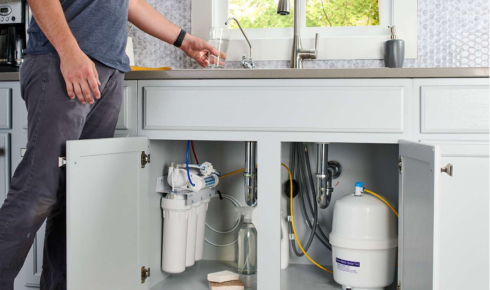

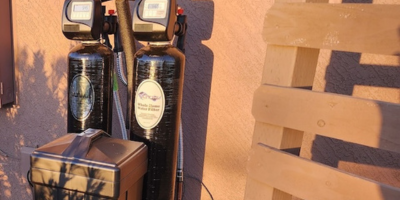
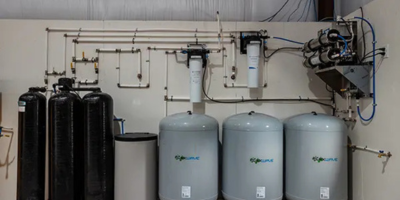
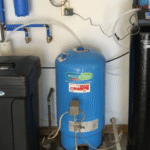
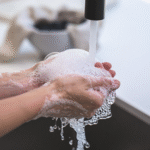

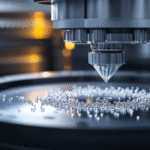
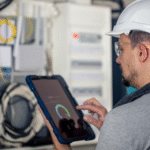
Leave a Reply
You must be logged in to post a comment.